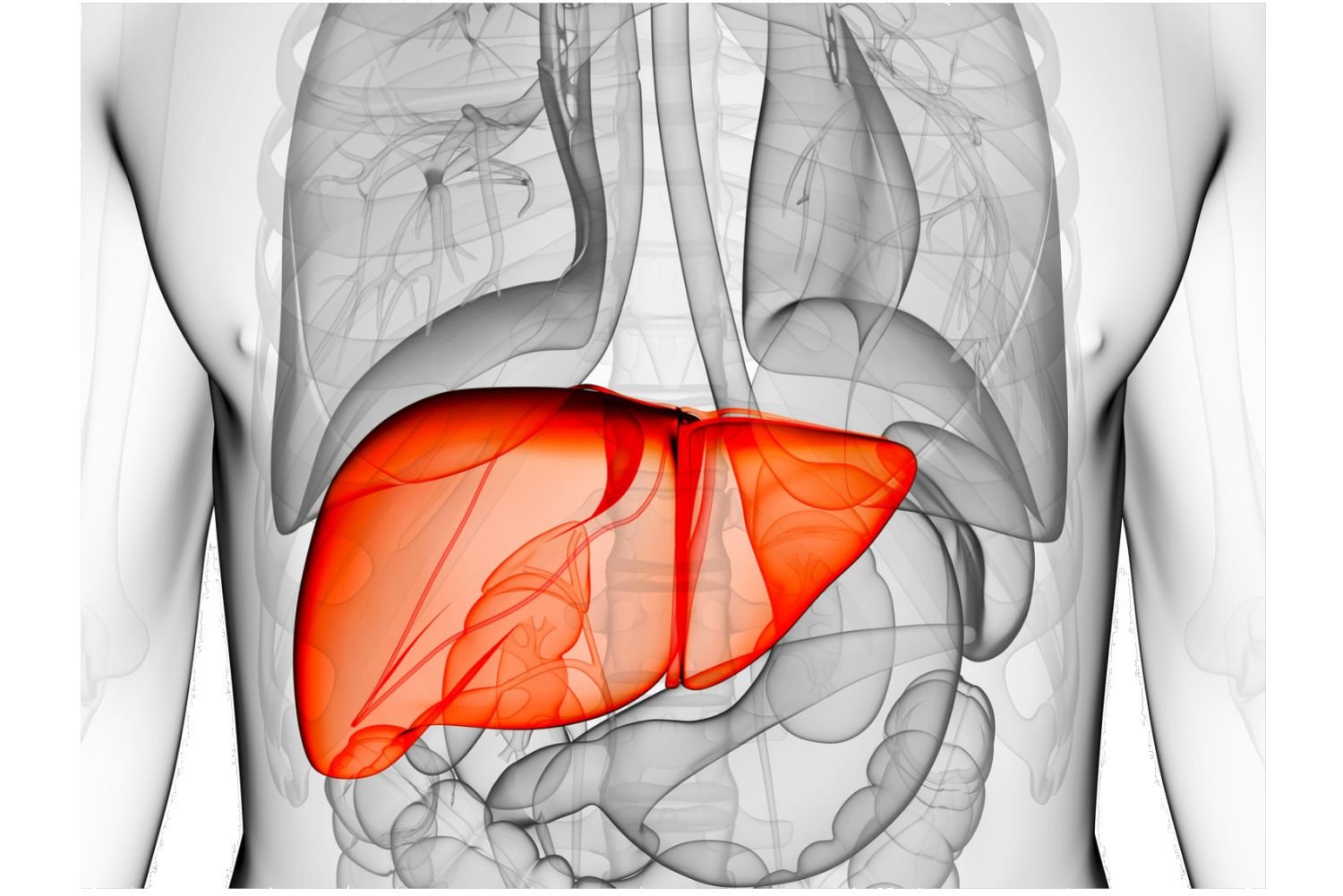Alcohol Consumption, Your Liver and Your Fertility
Hello, Friends.
The WHO published a statement in The Lancet Public Health that “when it comes to alcohol consumption, there is no safe amount that does not affect health.”
The International Agency for Research on Cancer has classified alcohol as a Group 1 carcinogen, the highest risk group.
You might already be thinking that this is only relevant for those considered heavy drinkers, or that the WHO is being overly cautious, so let’s take a simple look at how alcohol is processed in the body.
When you drink alcohol, your liver's main job is to break it down so your body can eliminate it. This process primarily occurs in the liver cells, where enzymes work to metabolise the alcohol into less harmful substances. So, as soon as you consume any amount of alcohol, your liver’s job is to eliminate it from the body.
Let’s compare this to when you drink a glass of freshly squeezed orange juice; your liver processes the natural sugars and other nutrients in the orange juice for energy and other bodily functions.
When alcohol consumption is excessive or happens over an extended amount of time, it can overwhelm the liver's ability to metabolise it efficiently, leading to the accumulation of toxic substances which can damage liver cells and lead to inflammation and scarring over time.
The liver is responsible for over 500 functions in the body. I am astounded each time I think of that, 500.
Let’s look at just 3 ways that it plays a role in fertility:
1.Hormone Regulation: The liver helps regulate hormone levels in both men and women, including those involved in fertility such as oestrogen, progesterone, testosterone, and follicle-stimulating hormone (FSH). Balanced hormone levels are crucial for optimal reproductive function.
2. Detoxification: The liver serves as the body's primary detoxification organ, breaking down and eliminating toxins, including excess hormones and environmental pollutants that disrupt reproductive health. A healthy liver supports the body's ability to detoxify efficiently, promoting fertility.
3.Metabolism of Nutrients: The liver metabolises nutrients from the diet, including vitamins, minerals, and macronutrients essential for reproductive health. Adequate nutrient metabolism ensures the body has the necessary building blocks for hormone production, egg and sperm development, and overall reproductive function.
As you can see, the metabolic energy that the liver expends in processing alcohol could be better spent as you are trying to conceive. When the liver is busy metabolising alcohol, it may have fewer resources available to regulate hormone levels effectively, metabolise nutrients and detoxify the body.
Next time you are out to dinner with your husband, I encourage you both to pick a beverage that will not tax your liver, allowing it to more efficiently perform its 500+ functions. Your fertility will be the better for it.
Would you like to learn all that I recommend for optimal liver health? Book a call
References:
1. World Health Organization (WHO). (2018). Global status report on alcohol and health 2018. Geneva: WHO. Retrieved from https://www.who.int/publications/i/item/9789241565639
2. International Agency for Research on Cancer (IARC). (2010). Alcohol consumption and ethyl carbamate. IARC Monographs on the Evaluation of Carcinogenic Risks to Humans, 96. Retrieved from https://publications.iarc.fr/Book-And-Report-Series/Iarc-Monographs-On-The-Identification-Of-Carcinogenic-Hazards-To-Humans/Alcohol-Consumption-And-Ethyl-Carbamate-2010
3. Lachenmeier, D. W., Monakhova, Y. B., & Rehm, J. (2008). Influence of unrecorded alcohol consumption on liver cirrhosis mortality. https://pubmed.ncbi.nlm.nih.gov/24966592/
4. Rehm, J., Samokhvalov, A. V., & Shield, K. D. (2013). Global burden of alcoholic liver diseases. Journal of Hepatology, 59(1), 160-168.
5. Crabb, D. W., Im, G. Y., & Szabo, G. (2004). Diagnosis and treatment of alcohol-associated liver diseases: 2019 practice guidance from the American Association for the Study of Liver Diseases. Hepatology, 71(1), 306-333.


